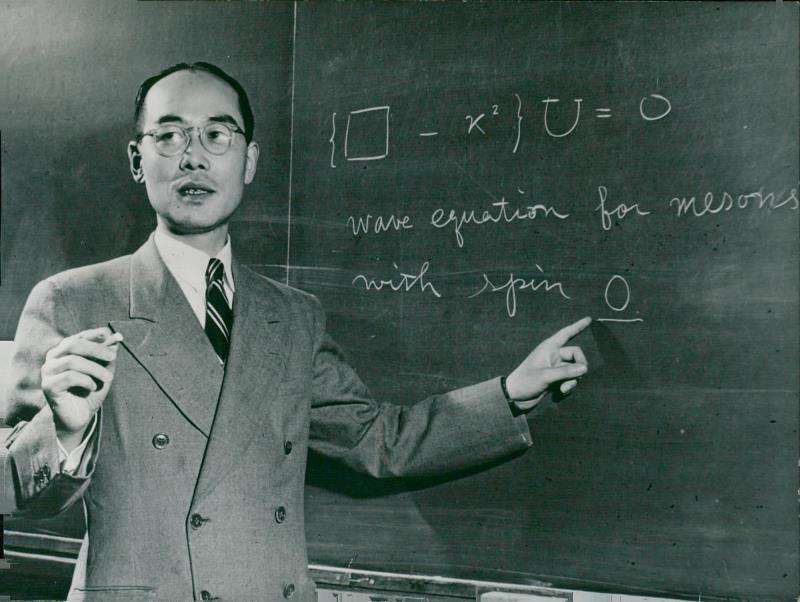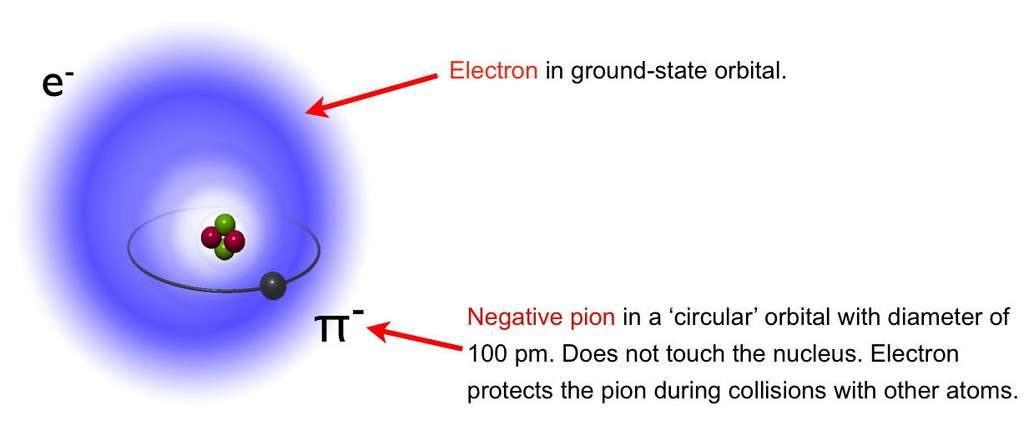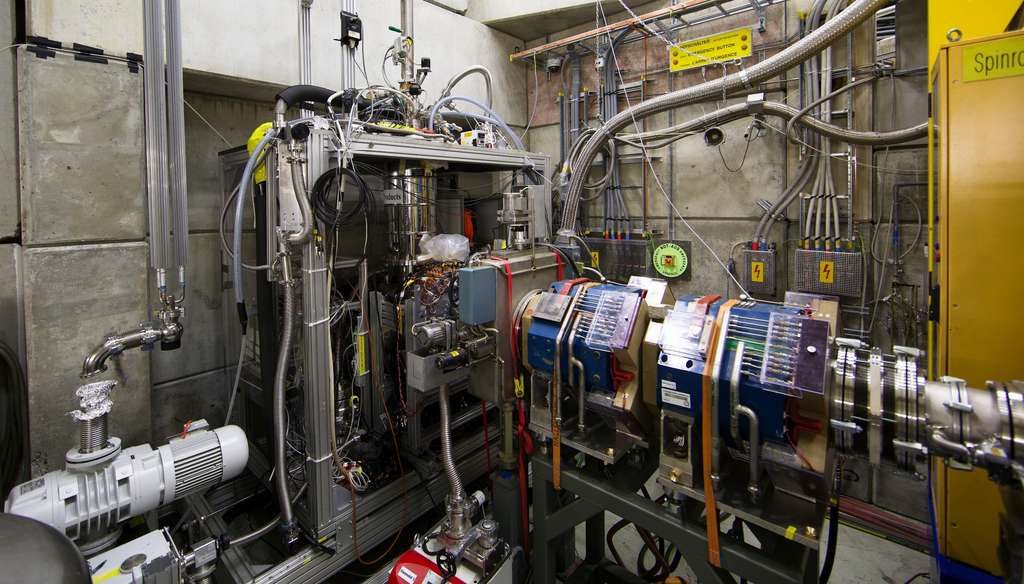Quick Reads for this Post
- For decades, physicists have been making and studying exotic atoms where electrons, and sometimes protons, are replaced by other charged particles.
- We can cite in this regard positronium, a bound state of an electron and its antiparticle positron, and the replacement of electrons in hydrogen atoms and especially deuterium and tritium, by muons, heavy cousins of the electron , which facilitate the fusion reactions.
- Physicists have just for the first time convincingly observed pionic helium atoms, where an electron has been replaced by a Yukawa pi meson, as well as a laser-induced quantum transition in these exotic atoms which can serve as laboratory to test the Standard Model of Particle Physics.
For decades, physicists have been making and studying exotic atoms where electrons, and sometimes protons, are replaced by other charged particles. They have just for the first time convincingly observed pionic helium atoms, where an electron has been replaced by a Yukawa pi meson, as well as a laser-induced quantum transition in these exotic atoms.
In the early 1930s, with the discovery of the neutron by Chadwick, Heisenberg and Fermi proposed that this one is in fact a proton linked to an electron, that the proton could exchange and put in common with another proton, so that sticky neutron nuclear forces and protons in the nuclei were merely analogs of chemical forces binding the atoms in molecules .
For various reasons, this hypothesis was quickly abandoned and at the same time, in 1935, Hideki Yukawa published an article in which he introduced a new particle analogous to the photon binding charged particles. A new force field was therefore introduced, this time associated with a massive particle which today is called a pion or a pi meson (noted π−). Yukawa also predicted the mass of this particle which should also carry a quantum of elementary charge and be described by a scalar field.
On these bases, it was believed to detect it in the cosmic rays as early as 1936. But what Carl David Anderson and his assistant Seth Neddermeyer had discovered was in reality a heavy cousin of the electron with a mass and a charge similar to the pawn: the muon . As its mass was intermediate to that of the electron and the proton, Anderson named this particle which he took for the particle of Yukawa a mesotron, whose prefix meso- coming from the Greek means “intermediate”. The generic term meson was subsequently adopted for similar identified particles, the mesotron was renamed mu meson, then muon (with the Greek letter μ ( mu ) used to resemble the sound of the Latin letter m ).

Mesons discovered in cosmic rays
The pawn itself was not discovered until 1947, still in the cosmic rays, by Cecil Powell, César Lattes and Giuseppe Occhialini. A year later, the physicists Cesar Lattes and Eugene Gardner finally realized the production of artificial pions by bombarding carbon atoms with alpha particles, in a way forcing the nucleons of the nuclei to radiate pions, like the atoms radiate photons during collisions.
However, as early as 1947, Enrico Fermi and Edward Teller , the father of the American H bomb, suggested that various exotic atoms and ions could be formed when one or more electrons in a normal atom are replaced by a heavy, charged particle. negatively such that a π−. Physicists have now created and studied what are called these exotic atoms, which more generally are bound states of particles, at least one of which is not an electron or an atom nucleus (for example, example, positronium ).
The best known of the exotic atoms is undoubtedly the muonic atom. It is an ordinary atom in which an electron has been replaced by a muon. Such atoms were proposed in the late 1940s and early 1950s by Andrei Sakharov, FC Frank, Ya. B. Zel’dovitch and Luis W. Alvarez. They make it possible to make catalyzed nuclear fusion , that is to say to produce fusion reactions with light atoms at temperatures much lower than those encountered in the Sun.

Exotic atoms betrayed by fission reactions
Today, members of the PiHe collaboration, which includes members of the Atomic Spectroscopy And Collisions Using Slow Antiprotons ( Asacusa ) collaboration at Cern , announce in an article published in Nature that they have both successfully demonstrated for the first time the existence of pionic helium atoms, where an electron of the procession around the helium nucleus has been replaced by a pi meson , and to measure a quantum transition analogous to that of the electrons in the atoms by means of a laser beam. The experiment took place at the Paul Scherrer Institute (PSI), near Zurich, where a beam of pions produced by bombarding carbon nuclei with protons was sent into a superfluid helium reservoir . The pions then occupied the place of an electron in the helium atoms forming the equivalent of a Rydberg state of an electron but paradoxically with an orbit size smaller than that of an electron on the layer fundamental electronics of a helium atom. A laser beam then caused quantum transitions analogous to that of the capture K of the electrons of an atom by a nucleon, which caused in the

In a Cern press release , Masaki Hori, co-spokesperson for Asacusa, comments on the results he obtained with his colleagues in these terms: “Laser spectroscopic measurements of exotic atoms containing mesons could be used to determine with great precision the mass and other properties of these mesons, and also to set limits on possible new forces acting on the mesons. For the meson used in this study, which is one of the lightest mesons, we may later be able to determine its mass with an accuracy greater than one hundred millionth. The accuracy would thus be 100 times greater than what has been obtained so far Standard model ”.































Discussion about this post